‘Doomsday Glacier’ Melting Slower Than Predicted, But Sea Level Threat Remains
The Thwaites Glacier, nicknamed the “Doomsday Glacier,” is located in West Antarctica and spans an area larger than Florida. It’s been a focal point of concern for scientists worldwide due to its potential to cause catastrophic sea-level rises.
But recent research suggests it may not be collapsing as quickly as once feared.
Why Is It Called the "Doomsday Glacier?"
The glacier got its ominous nickname because of its potential to raise global sea levels by up to 10 feet if it fully collapses.
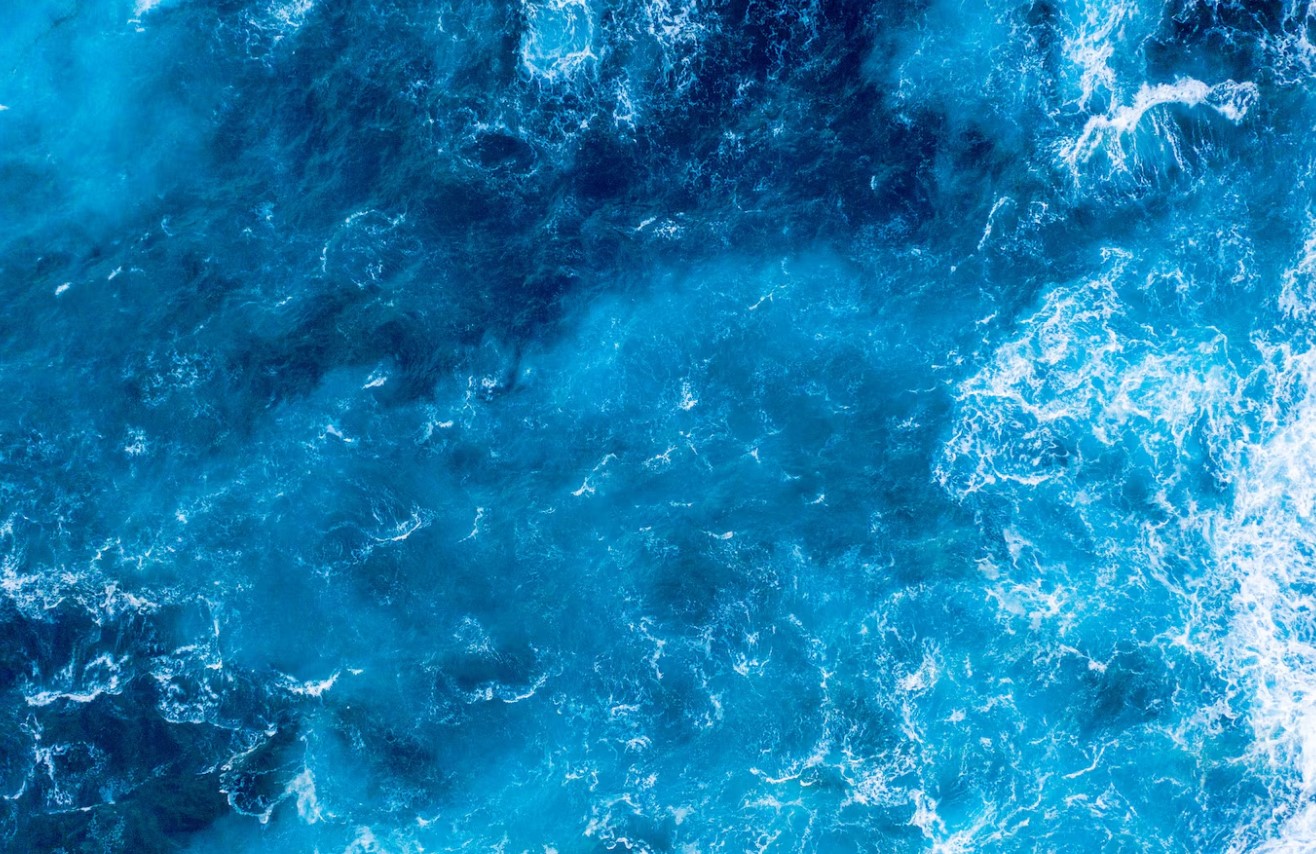
Source: wirestock/Freepik
The Thwaites Glacier holds enough ice to inundate coastal cities worldwide, posing a significant threat to millions living in low-lying areas.
The Alarming Predictions of Sea Level Rise
Early predictions by a United Nations panel suggested sea levels could rise by three feet by 2070, 10 feet by 2100, and 50 feet by 2300.
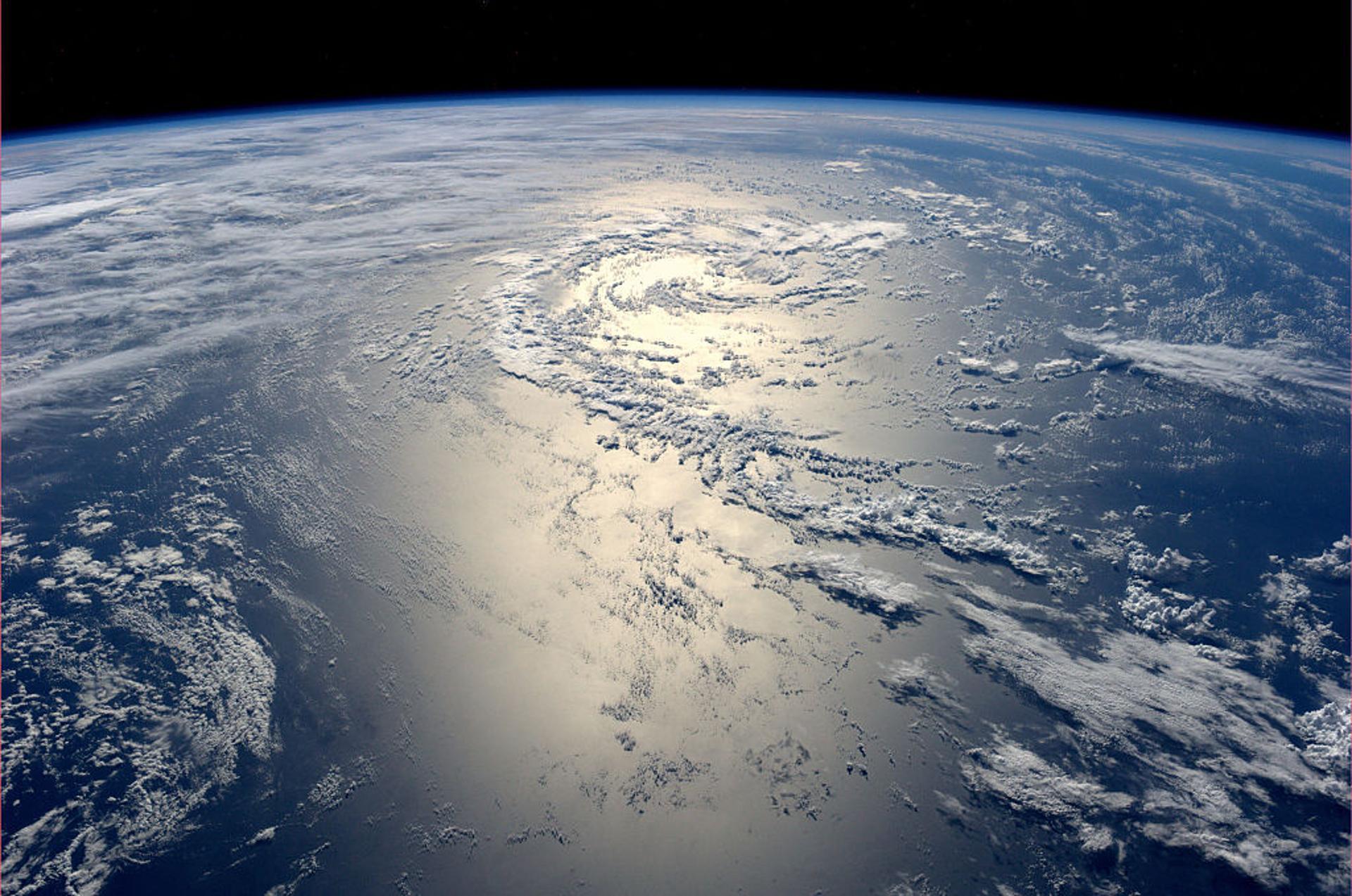
Source: Alexander Gerst/ESA via Getty Images
Such a drastic increase could devastate coastal cities like Miami and New York, potentially displacing millions of people.
New Findings Shed Light on the Glacier's Fate
However, researchers from Dartmouth College offer a glimmer of hope. Their study, using high-resolution models, suggests the glacier isn’t melting as fast as initially thought.

Source: Freepik
This new evidence indicates that while the glacier is retreating rapidly, a complete collapse is unlikely within this century.
Understanding the Marine Ice Cliff Instability (MICI)
Marine ice-cliff instability (MICI) is a theory predicting that warming oceans and atmosphere will cause increased melting at the glacier’s grounding line.
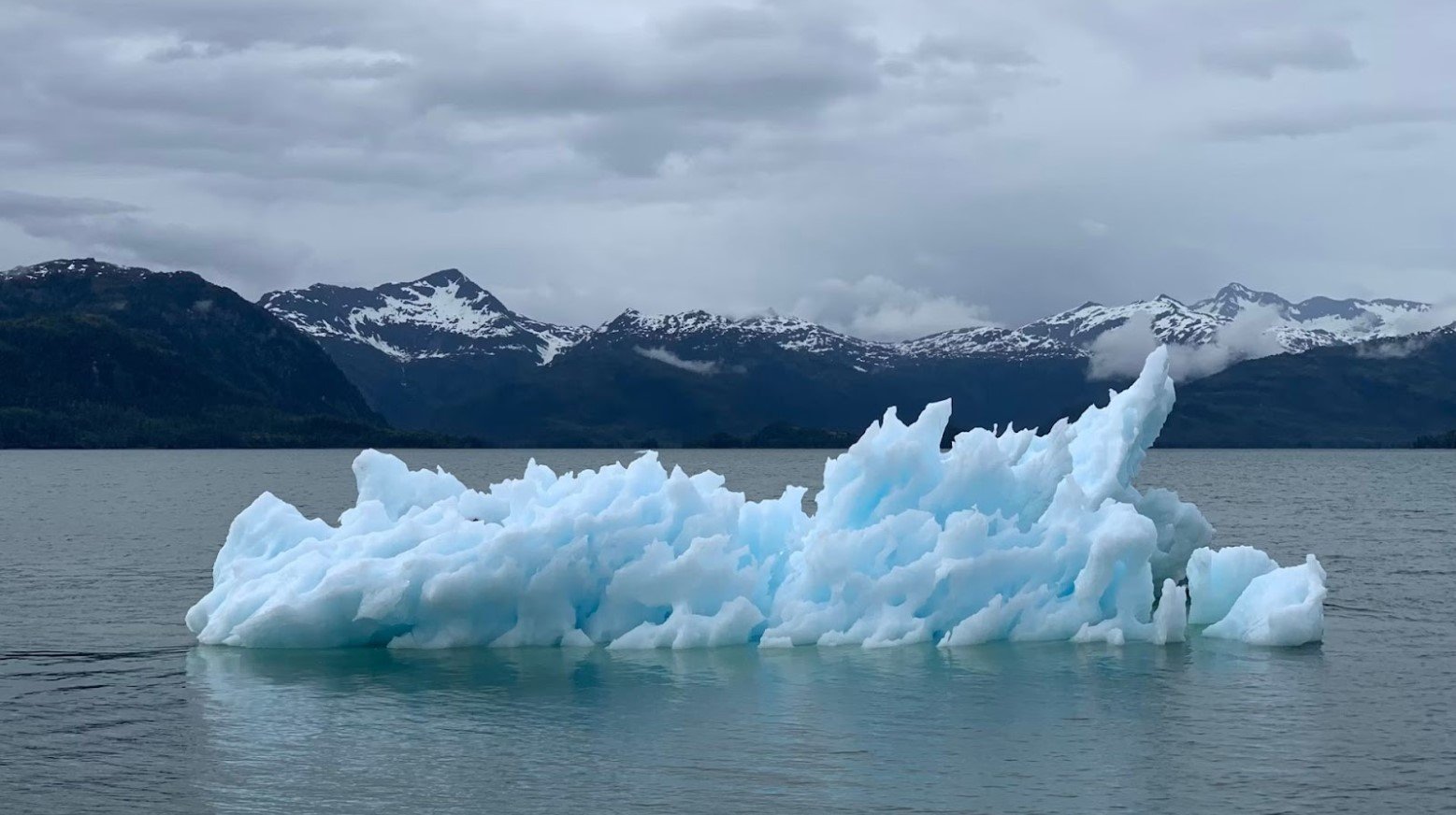
Source: Melissa Bradley/Unsplash
But according to Dartmouth researchers, this hasn’t been observed in reality, challenging earlier, more alarming predictions.
The Role of Warm Seawater in Glacier Erosion
Recent studies reveal that warm seawater is creeping beneath the glacier, accelerating its erosion.
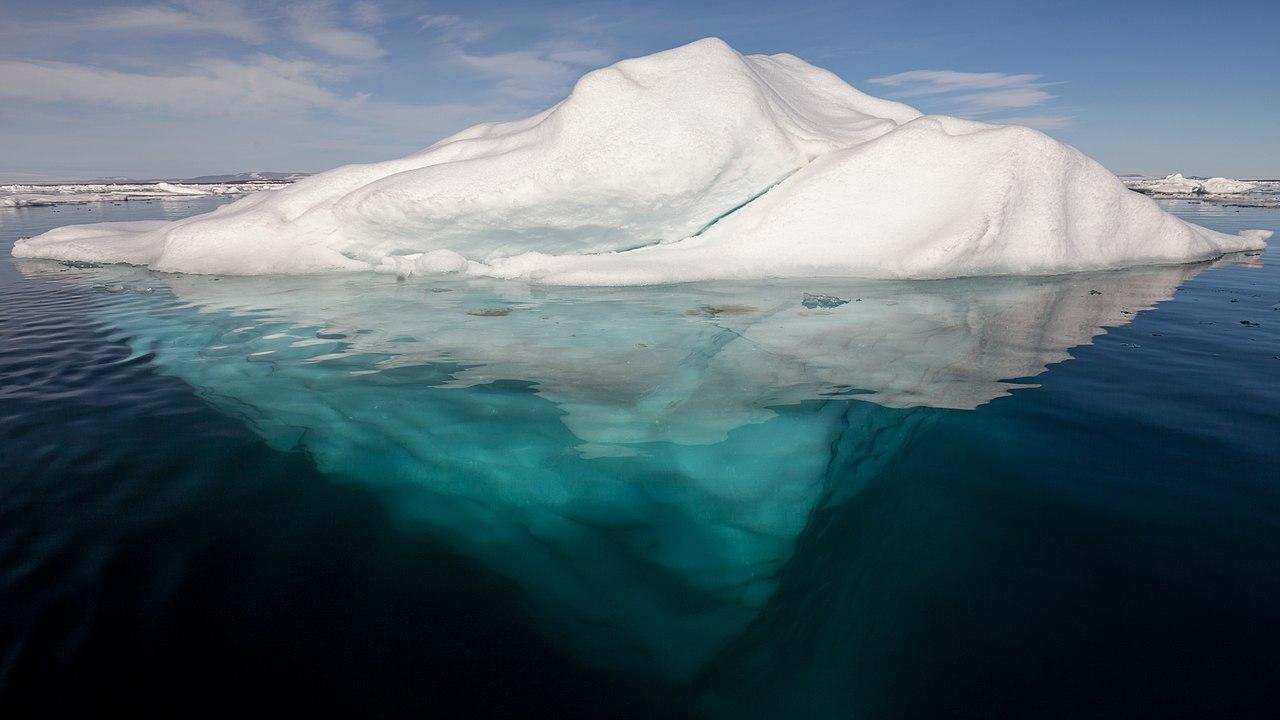
Source: Wikimedia
This “seepage” weakens the glacier’s base, making it more vulnerable to further melting as ocean temperatures continue to rise.
How Close Are We to a Collapse?
Some researchers believe a key section of the glacier could collapse within five years, while others suggest it could take anywhere from 200 to 900 years.

Source: Freepik
The range of predictions shows the complexity of modeling such a massive and dynamic ice structure.
The Ripple Effects on Global Sea Levels
Even if the Thwaites Glacier collapses partially, it could cause a two-foot rise in sea levels, a drastic change compared to the eight to nine inches of rise since 1880.
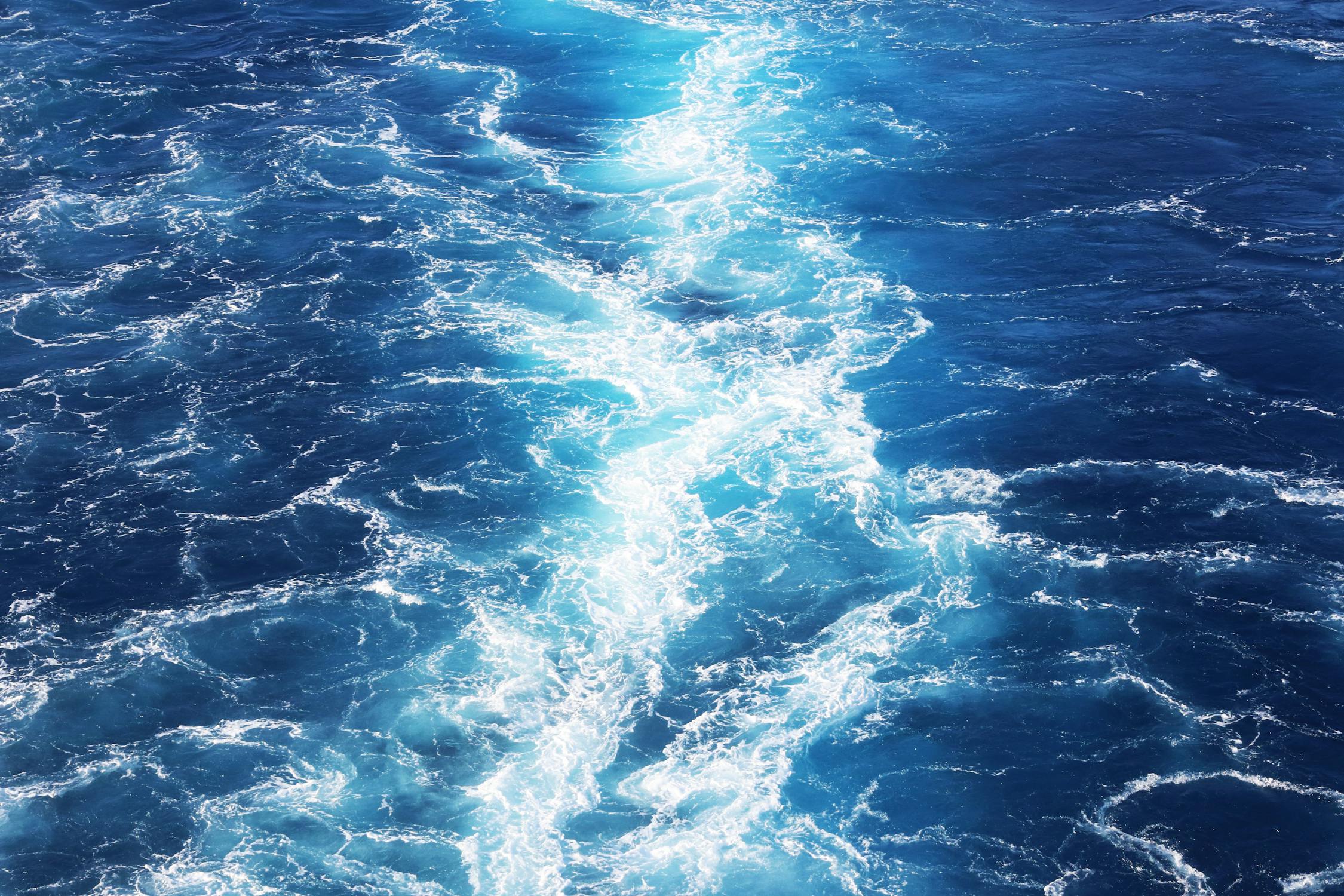
Source: Magda Ehlers/Pexels
Such a rapid rise would have severe consequences for coastal communities worldwide.
What Do the Experts Say?
“We’re not reporting that the Antarctic is safe and that sea-level rise isn’t going to continue—all of our projections show a rapid retreat of the ice sheet,” says Dartmouth’s Mathieu Morlighem.
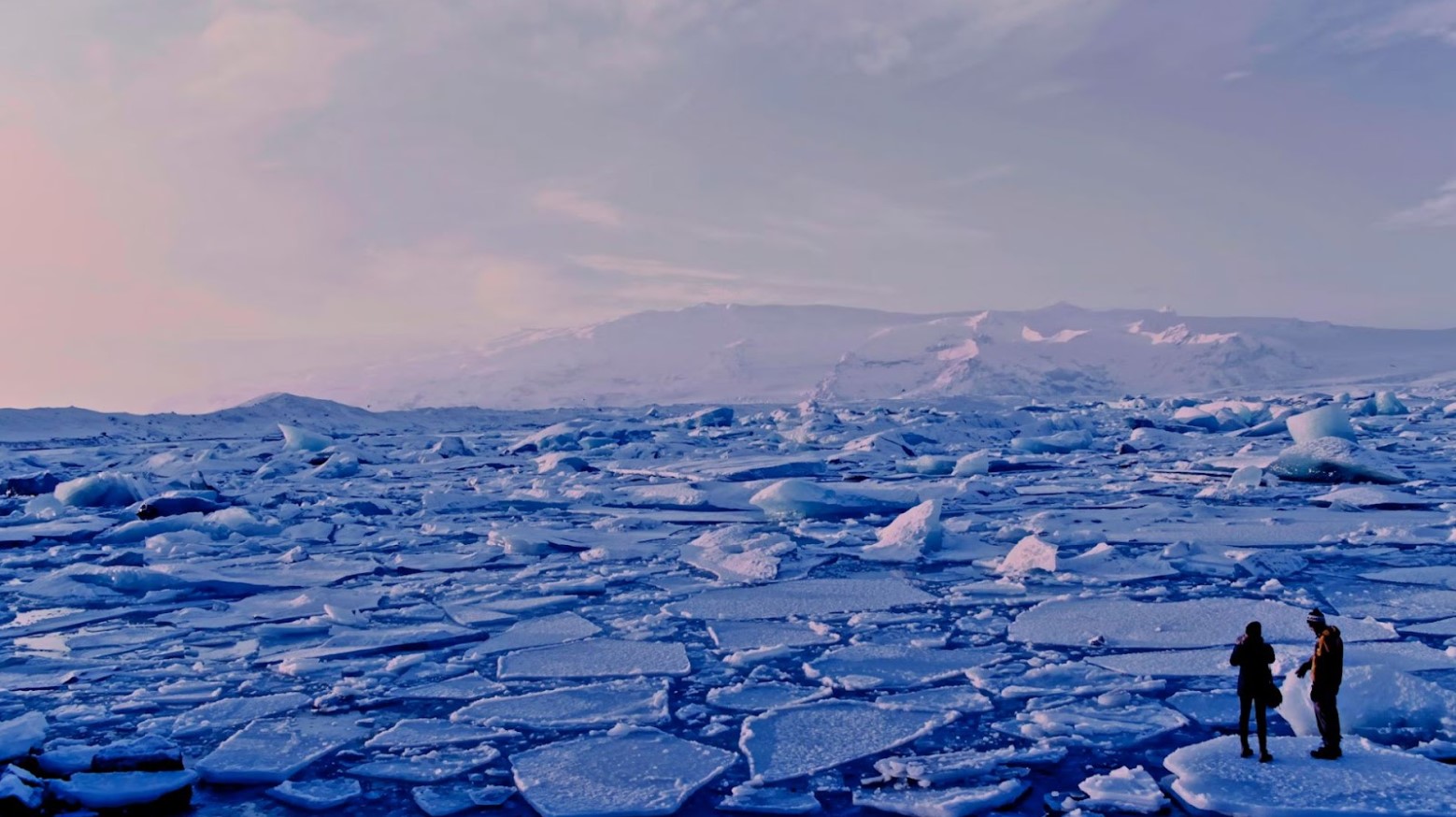
Source: Roxanne Desgagnés/Unsplash
It’s crucial for coastal planning to be based on accurate, physics-based models.
The Human Impact of Rising Seas
Around 900 million people live in low-lying areas vulnerable to rising seas. Already, some communities, like those in Washington state and Panama, are relocating due to encroaching waters.
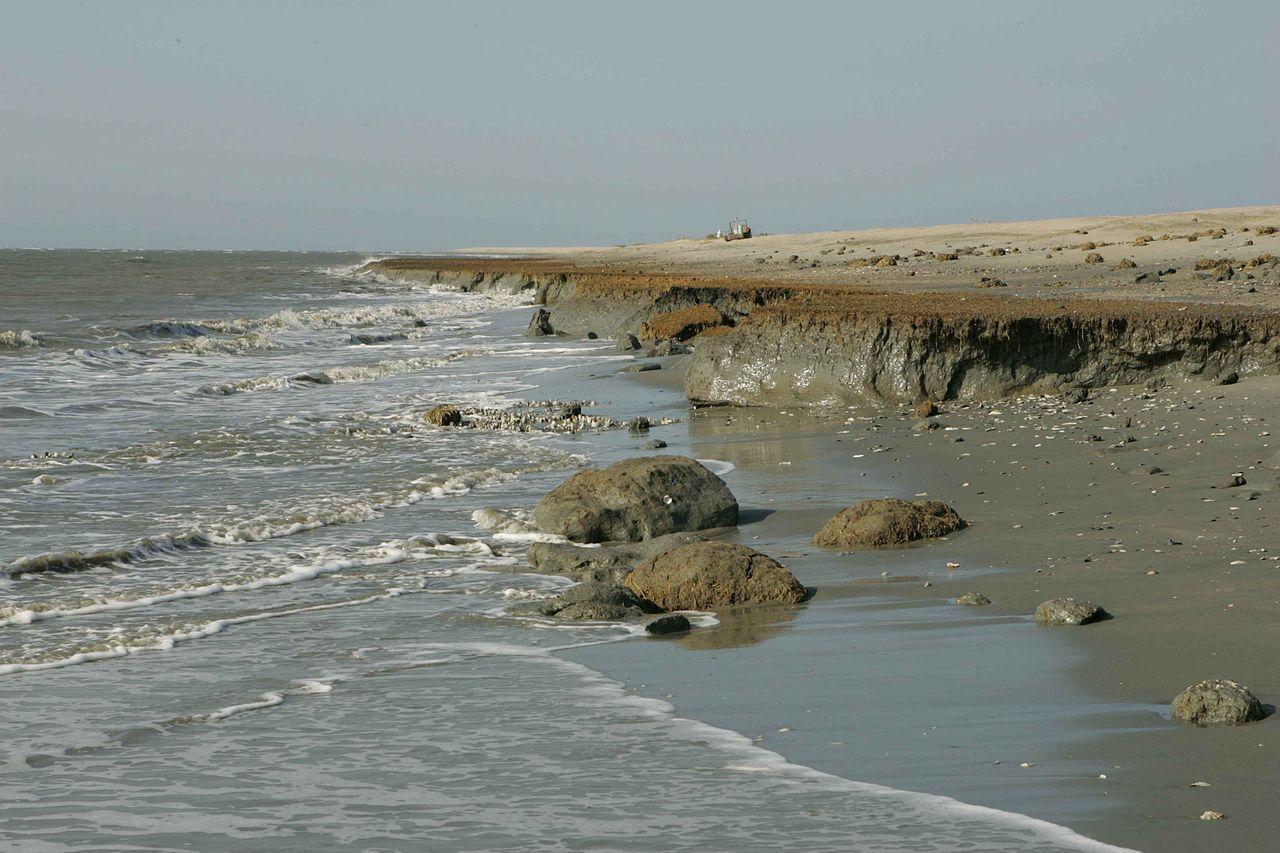
Source: Wikimedia
Future collapses could force millions more to move inland.
Climate Change Acceleration
While the Thwaites Glacier’s fate remains uncertain, its melting is a reminder of the broader impacts of climate change.

Source: Chris Boese/Unsplash
Excessive temperatures, rising seas, and glacial melting are interconnected issues that require urgent attention and action.
What Lies Ahead for the Doomsday Glacier?
Though the glacier may not be collapsing as rapidly as once feared, the threat remains significant.
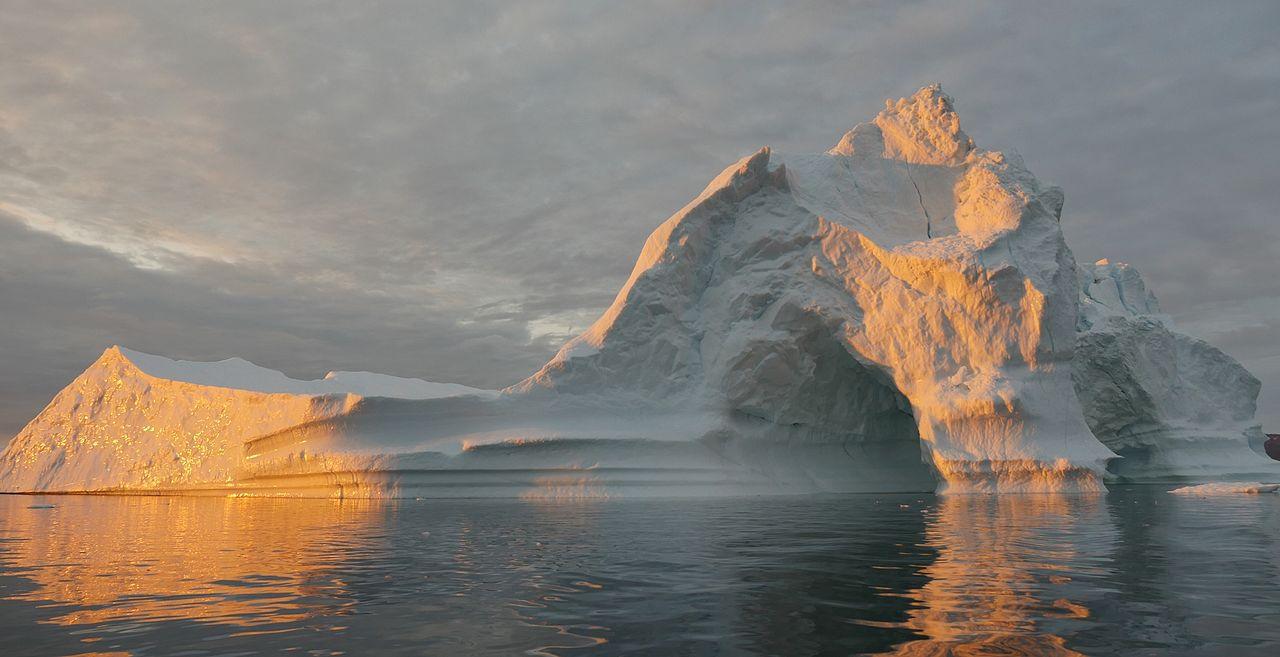
Source: Wikimedia
Future research and high-resolution modeling will be crucial to understanding and preparing for the glacier’s potential impacts on global sea levels and coastal communities.
